Jindallae Jangguk (진달래장국)
8.0Km 2021-03-25
129, Dorim-ro, Yeongdeungpo-gu, Seoul
+82-2-835-6658
It is a place where you can eat a variety of Chinese dishes. This restaurant's signature menu is stir-fried squid. This Korean dishes restaurant is located in Yeongdeungpo-gu, Seoul.
STAY dayoff [Korea Quality] / 스테이 데이 오프 [한국관광 품질인증/Korea Quality]
8.1Km 2021-03-29
6, Jahamun-ro 1da-gil, Jongno-gu, Seoul
This hanok (traditional Korean house) is located behind Seochon Food Street, located near Gyeongbokgung Station on Seoul Subway Line 3. It is located only 5 min away by foot from the station. Opening the door brings one to a small garden, furnished with stones and moss on a corner, and the interior also speaks to the unique combination of a modern hanok with contemporary sensibilities. The building is divided into the main building and annex building, with the former having two queen bedrooms connected by a living room and kitchen as well as two bathrooms.
The annex building is the hidden jewel of STAY dayoff, which houses a bathtub and a sauna facility behind a beautiful window wall. When the windows are opened, it is like being in an open-air bath overlooking the garden and the hanok. The standard occupancy of the house is 4, with a 10% discount available for guests staying for more than 2 nights on weekdays, and towel replacement and cleaning services are offered for guests staying for more than 4 nights.
PANE PASTA - Jongno Branch (빠네파스타 종로)
8.1Km 2021-03-19
11, Jahamun-ro, 7-gil, Jongno-gu, Seoul
+82-2-777-6556
A specialty restaurant serving pizza and pasta dishes baked in an authentic Italian wood-fired oven. The representative menu is margherita pizza. This Western cuisine is located near Gyeongbokgung (Government Complex-Seoul) Station, Seoul.
Yeongbyeon Naengmyeon (연변냉면)
8.1Km 2021-03-25
136, Dorim-ro, Yeongdeungpo-gu, Seoul
+82-2-844-5544
It is a place serving naengmyeon (Korean cold noodle) using Chinese-style broth. This Korean dishes restaurant is located in Yeongdeungpo-gu, Seoul. The representative menu is cold buckwheat noodles.
Casino Seven Luck branche de Seoul Dragon City (세븐럭카지노(서울드래곤시티점))
8.1Km 2023-07-21
Seoul Dragon City, Cheongpa-ro 20gil 95, Yongsan-gu, Seoul
Seven Casino à Seoul Dragon City désigne un casino mélange de tradition et de modernité situé dans le quartier de Yongsan.
Doté d'une surface totale de 3146.96㎡, l'établissement se distingue par son envergure et son côté majestueux. Il propose tous les jeux que l'on peut trouver dans un casino (blackjack, roulette, Seven Luck Poker, ETG, machines à sous, etc).
Vous pouvez trouver aux alentours des hôtels de standing et différents sites touristiques.
※ Accès autorisé pour les plus de 19 ans uniquement (présentation du passeport obligatoire)
Festival de la fin d'année au parc Cheongun du mont Inwangsan (인왕산 청운공원 해맞이축제)
8.1Km 2023-10-24
Seoul, Jongno-gu, Cheongun-dong 7-4
02-731-1701
Il s'agit d'un festival afin de permettre aux visiteurs de commencer la nouvelle année de manière festival tout en exprimant leurs voeux pour la nouvelle année. Les visiteurs pourront profiter de divers concerts traditionnels et autres activités.
Yeonbyeon Naengmyeon 2hojeom (연변냉면 2호)
8.1Km 2021-03-25
4, Dorim-ro, 31-gil, Yeongdeungpo-gu, Seoul
+82-2-844-8836
It is a place serving naengmyeon (Korean cold noodle) using Chinese-style broth. This Korean dishes restaurant is located in Yeongdeungpo-gu, Seoul. The most famous menu is cold buckwheat noodles.
Théâtre Jeongdong (정동극장)
8.1Km 2021-01-15
43, Jeongdong-gil, Jung-gu, Seoul
+82-2-751-1500
Le théâtre Jeongdong que vous pouvez trouver sur le chemin du
Deoksugung Doldamgil est un lieu de culture ouvert dans notre quotidiens. Le
théâtre Jeongdong est un théâtre vénérable
qui a une idée de restitution du premier théâtre contemporain
specialise au Pansori, le Wongaksa, créé en 1908. Après
la création du théâtre Jeongdong en 1995, divers performences
artistiques ont été mises en scène pour les citoyens.
Avec
la mise en scène du spectacle musical traditionnel "Chunhyangyeonga"
en 2010 et la performence "MISO" qui a terminé avec succès,
le théâtre est devenu un endroit que nombreux coréens et
touristes étrangers cherchent.
*Ouvert le 17 juin 1995
Korea Samgyetang (고려삼계탕)
8.1Km 2017-09-26
1, Seosomun-ro 11-gil, Jung-gu, Seoul
+82-2-752-9376, 2734
Korea Samgyetang serves up delicious samgyetang (ginseng chicken soup) made using only 4-year-old ginseng cultivated in Geumsan (a town famous for its ginseng) and chickens raised on local farms. Young chickens (no more than 49 days old) are butchered and delivered fresh daily, making for only the tenderest meat. The chicken is boiled with high-quality ginseng, dates, garlic, glutinous rice, and various medicinal herbs to make a flavorful and energizing soup.
* Designated a “Best Korean Restaurant” by the Seoul Metropolitan Government
Aneuk Air Hotel – Gaebong (아늑에어 호텔 개봉점)
8.1Km 2025-05-07
38-12, Nambusunhwan-ro 95-gil, Guro-gu, Seoul
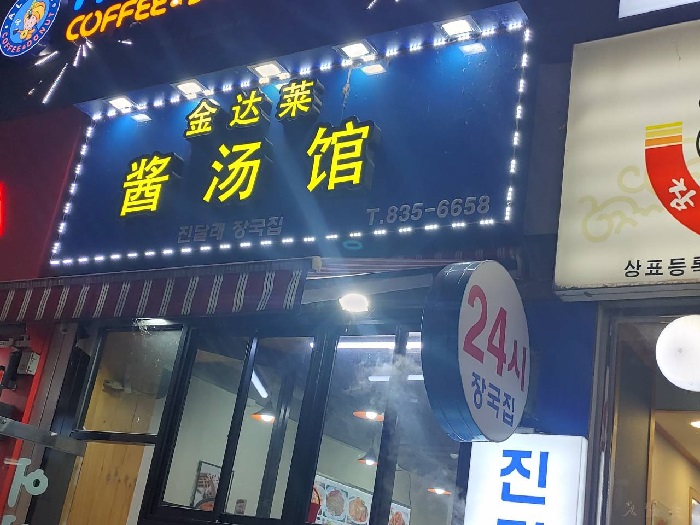
![STAY dayoff [Korea Quality] / 스테이 데이 오프 [한국관광 품질인증/Korea Quality]](http://tong.visitkorea.or.kr/cms/resource/96/2707596_image2_1.jpg)
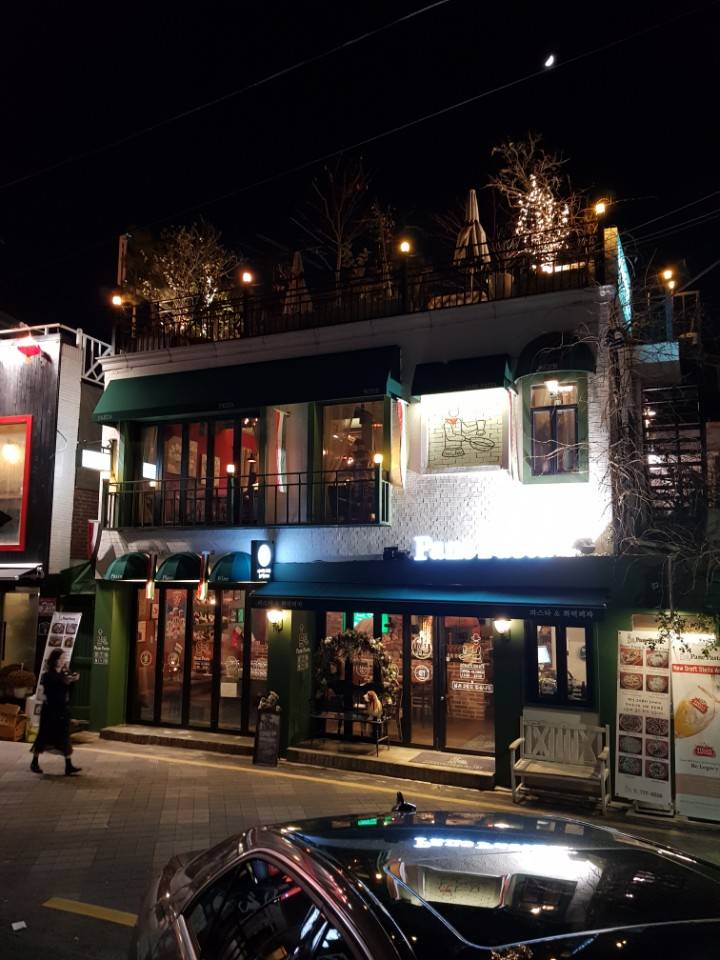
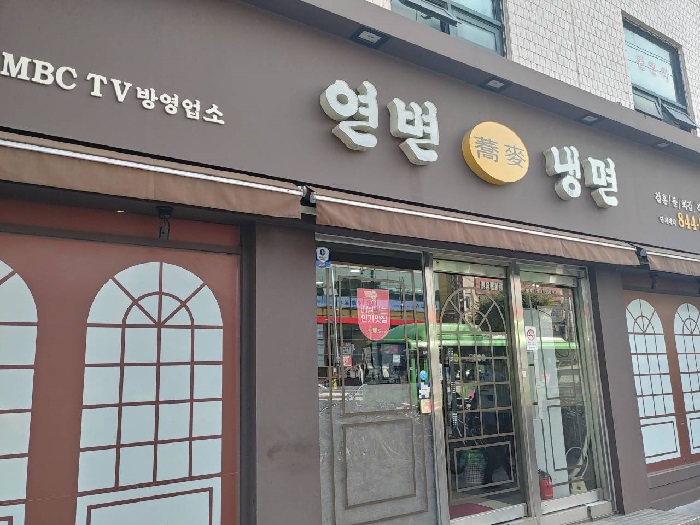

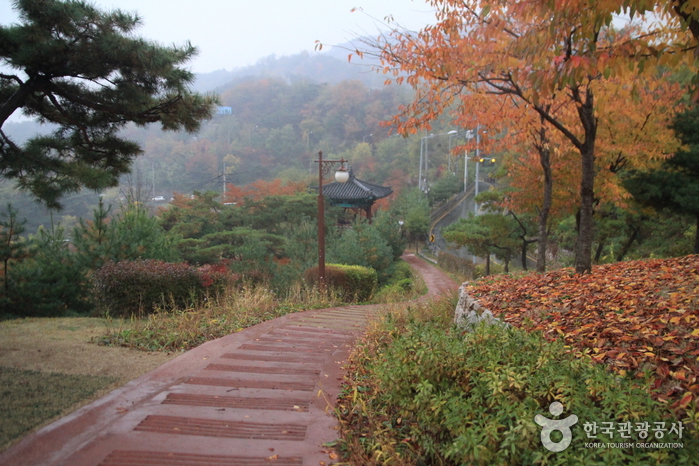
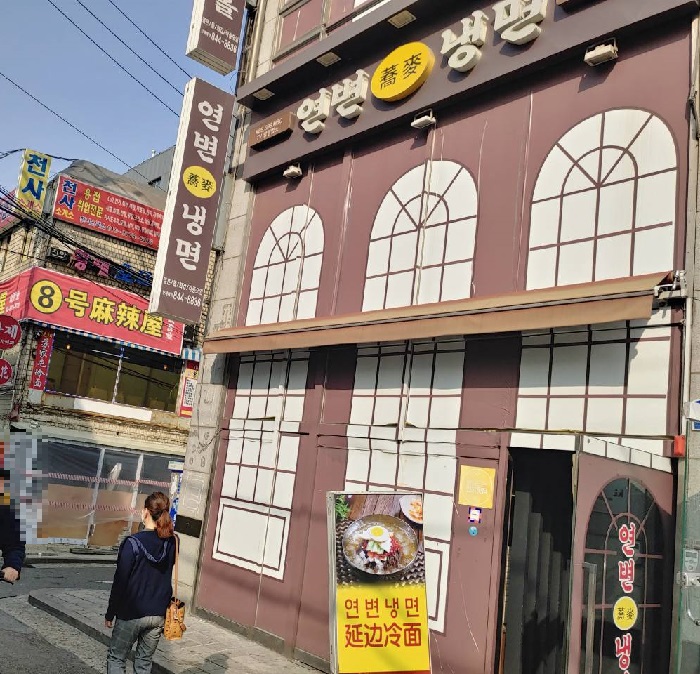
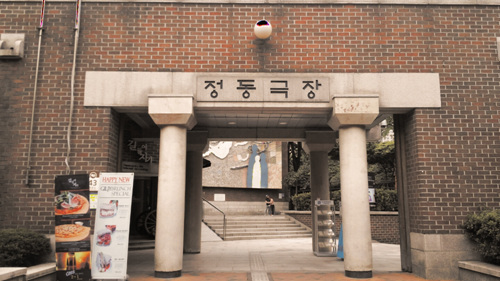
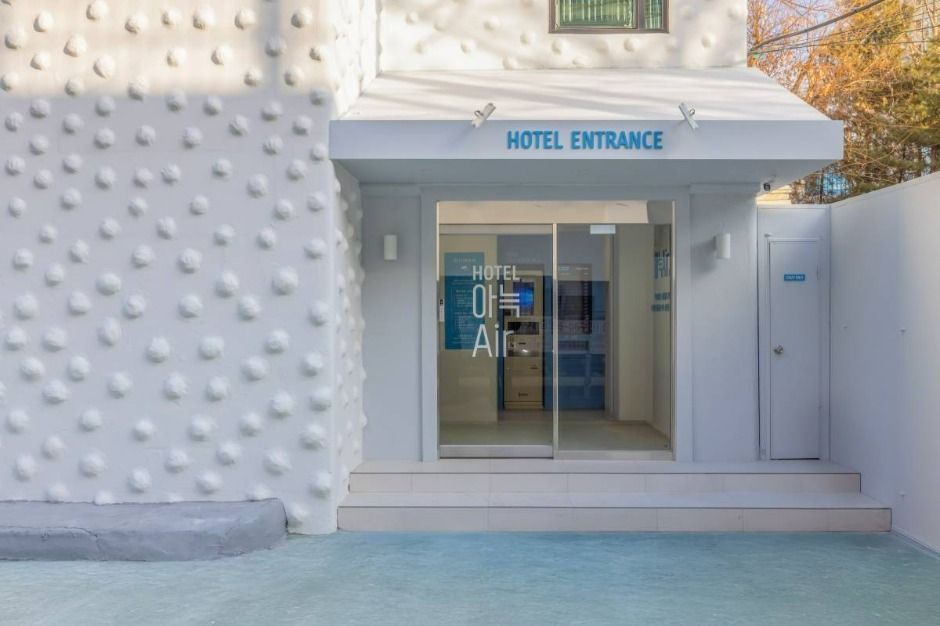
 Français
Français
 한국어
한국어 English
English 日本語
日本語 中文(简体)
中文(简体) Deutsch
Deutsch Español
Español Русский
Русский